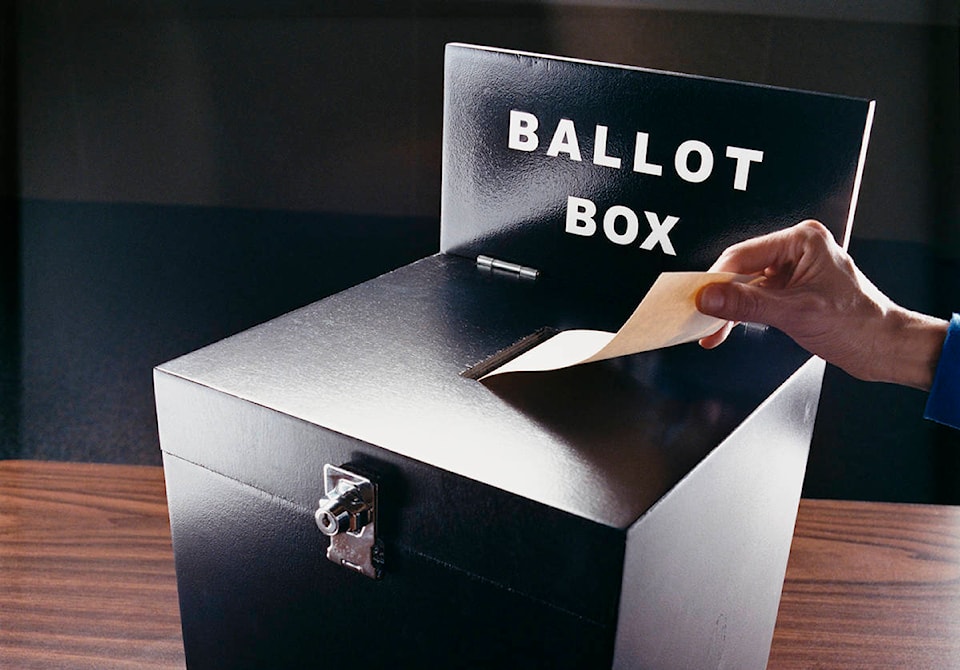If it’s fall, it must mean it’s time for the proportional representation referendum. Yes, that’s right. In addition to the complex question of who you would like to sit as mayor in Kimberley and Cranbrook (although as of this writing, Mayor Pratt may be acclaimed in Cranbrook) and who to put on Council, BC voters also must decide this fall what electoral system they prefer.
And it’s oh, so confusing.
Systems of proportional representation have been adopted in many countries, including Belgium, Denmark, Finland, Greece, Hungary, Israel, Italy,Luxembourg, Norway, Russia, Spain, Sweden, and Switzerland.
Now some of these countries, such as Italy, have a history of changing leaders like people do shoes, and some, like New Zealand, have been fairly stable. Russia has also been stable, it’s just calling it a democracy that is pretty LOL.
Registered voters will get a voting package in the mail from Elections BC between October 22 and November 2, 2018.
Voters will be asked two questions on the ballot.
The first question asks if we should keep the current First Past the Post (FPTP) system or move to proportional representation.
The second question asks voters to rank the three proportional systems: Dual Member Proportional (DMP), Mixed Member Proportional (MMP) and Rural-Urban Proportional (RUP).
So, do you want FPTP or ProRep and if it’s Pro Rep, would you prefer DMP, MMP or RUP?
In FPTP (the current system) the province is divided into electoral districts and each district is represented by one Member of the Legislative Assembly (MLA). Voters mark their ballot for one candidate. The candidate with the most votes in the district wins and represents the district in the legislature.
In Dual Member Proportional (DMP), most electoral districts are combined with a neighbouring district and represented by two Members of the Legislative Assembly (MLAs). The largest rural districts continue to have one MLA elected by getting the most votes. I’m going to assume that Columbia River Revelstoke and Kootenay East would be considered large rural districts, so we would probablly continue to have one MLA.
In two-MLA districts, parties can have one or two candidates on the ballot. Parties decide which of their candidates is listed first on the ballot and which is listed second, shown on the example ballot below as “primary candidate” and “secondary candidate”. Voters vote for a candidate or pair of candidates by marking the ballot once.
The first seat in a district is won by the candidate with the most votes. For parties that run two candidates, this seat is filled by the candidate the party listed first on the ballot.
Second seats go to parties so that each party’s share of seats in the legislature roughly matches its share of the province-wide popular vote. A party’s second seats are filled in districts where its candidates did particularly well. Parties need at least five percent of the vote to get any second seats.
Sound complicated? Let’s talk MMP.
In Mixed Member Proportional (MMP) there are two types of MLAs. District MLAs represent electoral districts and are elected using First Past the Post (FPTP). Regional MLAs represent groups of electoral districts called regions. They are elected from a party list so that each party’s share of seats in the legislature roughly matches its share of the province-wide popular vote.
Regional seats are allocated to parties within defined regions, not the province as a whole. District seats and regional seats – added together – roughly match the party’s share of the vote. A party must get at least five percent of the vote to get any regional seats.
If your brain isn’t seizing up yet, let’s examine Rural-Urban Proportional (RUP), which combines two different types of proportional voting — Single Transferable Vote (STV) and Mixed Member Proportional (MMP)
Voters in urban and semi-urban districts use STV to elect multiple MLAs for their larger electoral district. Question, what is semi-urban? If you have several trees in your yard, but live in a reasonably sized town are you semi-urban?
Parties can run multiple candidates in a district and voters rank their preferred candidates on the ballot (1, 2, 3, etc.). Voters can rank as many candidates as they wish.
Under the RUP, in rural districts, voters use MMP, not the STV to elect district and regional MLAs.
There just isn’t any easy way to explain any of this. Okay, BC. Time to pick your abbreviation.
